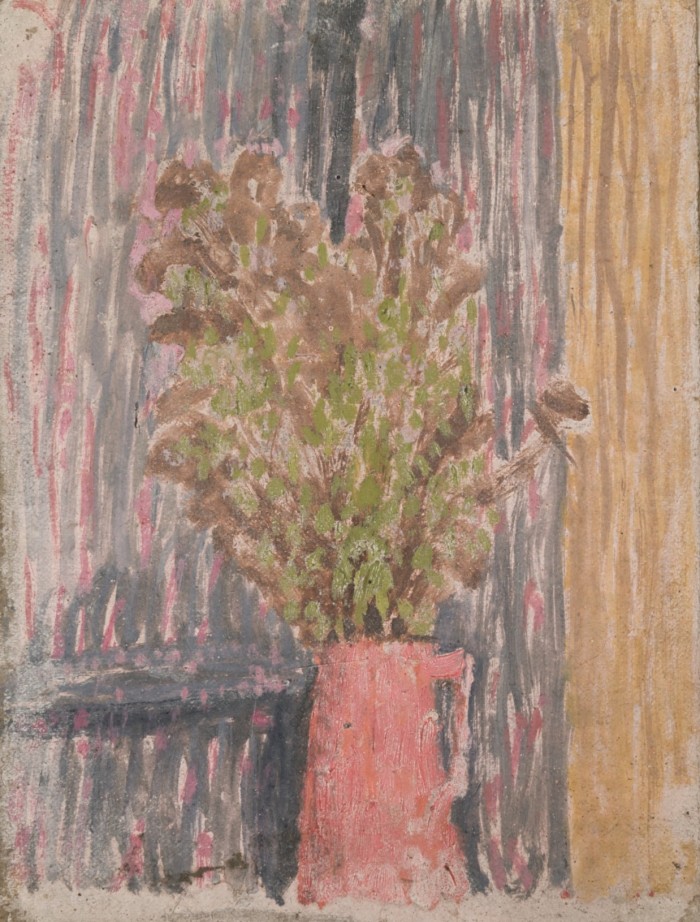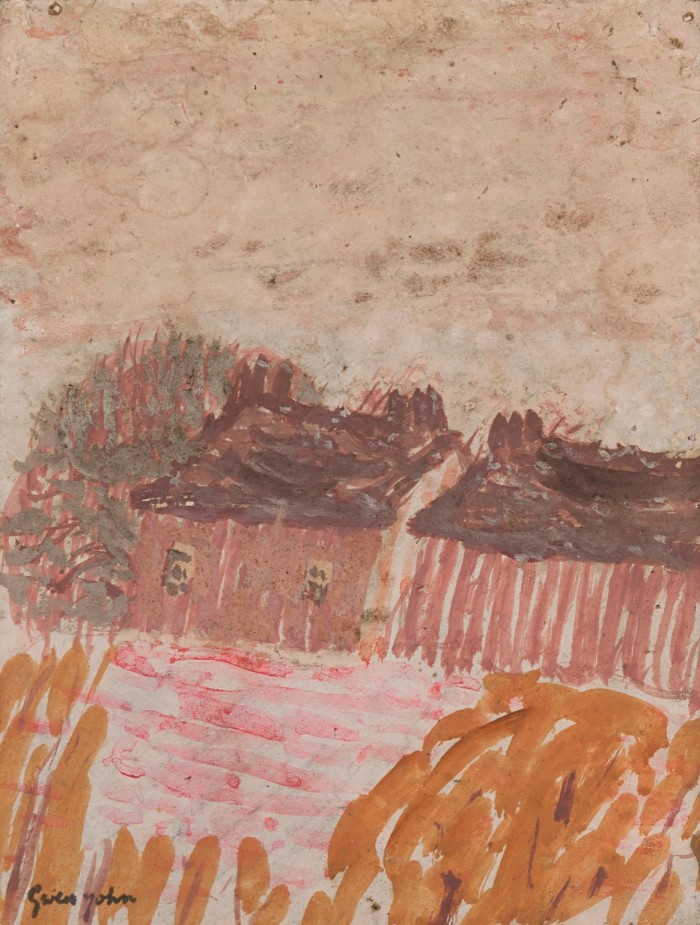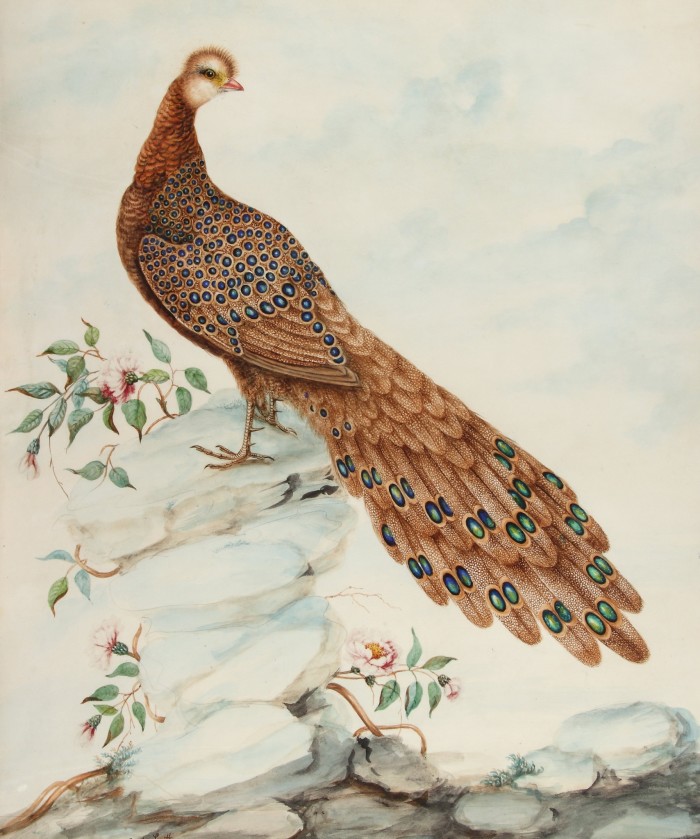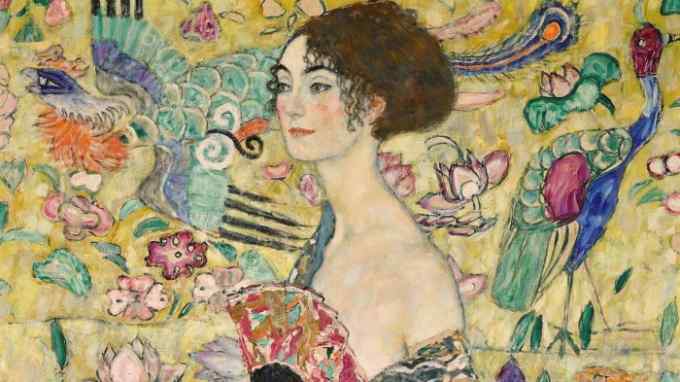Female artists are front and centre in London Art Week

Roula Khalaf, Editor of the FT, selects her favourite stories in this weekly newsletter.
Augustus John once predicted that “in 50 years’ time I will be known as the brother of Gwen John.” Today, with a major retrospective of Gwen John’s subtle work running at Pallant House in Chichester, critical judgment certainly favours his older sister. John, born in 1876, is one of many turn-of-the-century female artists seeing intense interest not just from museums and art historians but also private collectors, visible in this year’s London Art Week (June 30-July 7).
During London Art Week, two of John’s works will feature in Stephen Ongpin Fine Art’s display of drawings and watercolours by pioneering women artists of the last 120 years. Head of research Alesa Boyle says the show, titled Beauty in Individualism, from a quote of artist Jenny Saville defying a generic male view of beauty, will include works by other early 20th-century rediscoveries: the gender-defying Gluck and Marlow Moss, and the Ukrainian-born Lidia Zholtkevich.


Patrick Bourne & Co meanwhile will be offering a small group of significant works by Winifred Nicholson from a private collection and on the market for the first time; these include a touching 1927 portrait of her husband, pioneer abstract artist Ben Nicholson, with their dog, Slinky. Laura Knight is represented by a striking “Portrait of a Lady” (1923), in bold watercolour and black chalk, on show at Karen Taylor Fine Art.
Ellie Smith, researcher at Old Master and British Art dealership Philip Mould, says, “It is a real trend at the moment among galleries to take women artists more seriously. It is not just a case of rediscovering, but of repositioning — so many were described as ‘sister of’, ‘wife of’, ‘partner of’.” It is not just the field of Modern British that is benefiting from years of focused scholarship into women artists, and where there is new interest, there is potential to create new value in otherwise sluggish sectors of the market.
Will Elliott is a young dealer who, through Elliott Fine Art, specialises in rescuing from neglect important works by lesser-known figures, largely from the unfashionable final quarter of the 19th century. This period coincides with the establishment of London’s Slade art school in 1871, the first to allow full access for women students to the life model, and also with the opening of life-drawing classes to women in Paris, at Charles Chaplin’s studio and the women’s section of the private Académie Julian.

But although women had access to professional training, they slipped more quickly into obscurity than their male peers, often because they married, changing their names and rearing children, or because their work was seen as unfashionably academic. Elliott says, “You are often the first person to look properly at their work for a hundred years.” As part of Colnaghi Elliott Master Drawings, a new partnership between Elliott and the venerable Colnaghi gallery, he will show an accomplished pastel by the little-known Marguerite Dubois, drawn in 1907 when she studied at the Académie Julian. He says, “I think it is a great moment of art history, and as a dealer you can be at the forefront of change.”
Dominic Sanchez-Cabello, exhibiting at London Art Week as Dominic Fine Art, agrees. He will offer, among other finds, a drawing, “They Say the Flowers But Sleep in Winter — Awaiting The Spring”, by Violet Brunton (1878-1951), an aspiring sculptor who turned after the first world war to miniature painting. As a young dealer, excavating the histories of hitherto unknown women artists offers a route into an otherwise mercilessly competitive field, bringing fresh material and new perspectives: “You are at the coalface of art history — it’s an interesting space to be,” he says. He relies on an instinct for a good picture to inspire the hours required to track artists who may have produced just one or two great works before economic, social or psychological pressures diverted their careers.


From further back in time, Finch & Co will be showing 23 watercolours of exotic birds and creatures by the pioneering British artist Sarah Stone (1760-1844), who turned the genteel ladies’ art of watercolour into a professional skill. At the new Treasure House Fair, New York silver specialists SJ Shrubsole will bring several outstanding examples of Georgian English silver with the lozenge-shaped mark denoting the widow of a registered silversmith — including pieces by Louisa Courtauld and Elizabeth Godfrey. Shrubsole’s senior vice-president Jim McConnaughy reports these women, long known to specialists, have seen rising interest from collectors in the last five to 10 years, partly boosted by exhibitions such as a 2012-13 show of women silversmiths at the National Museum of Women in the Arts in Washington DC.
Even the antiquities market, with its apparently immutable heroes — the “Berlin” painter, the “Kleophrades” painter and so on — is responding. As female scholars have entered the field and female collectors grown in number, says Charis Tyndall of Charles Ede, “people are beginning to reconsider the roles women would have played in the ancient world and ask, ‘Could this vase have been potted or painted by a woman?’” She suggests this moment in scholarship is as significant as when people started wondering if Greek marble sculptures were once painted (they were). The Charles Ede display at the Treasure House Fair will include several vases where the question has been raised: after all, who is to say that “the Painter of London” was a man?

Comments